American history is full of fascinating stories, but there are some questions that really make us pause and think. From pivotal moments to the lesser-known details, these questions challenge our understanding of the past and encourage us to dig deeper. They push us to look beyond the surface and ask not just what happened, but why it matters and how it still influences us today.
These 20 questions aren’t just about memorizing dates or facts—they invite us to reflect on the complexities of history and its impact on our present. Some of these may even have you questioning things you thought you knew for sure. It’s a reminder that history is not a static list of events, but a dynamic, ever-evolving story that continues to shape the world around us.
What Was the True Role of Pocahontas?
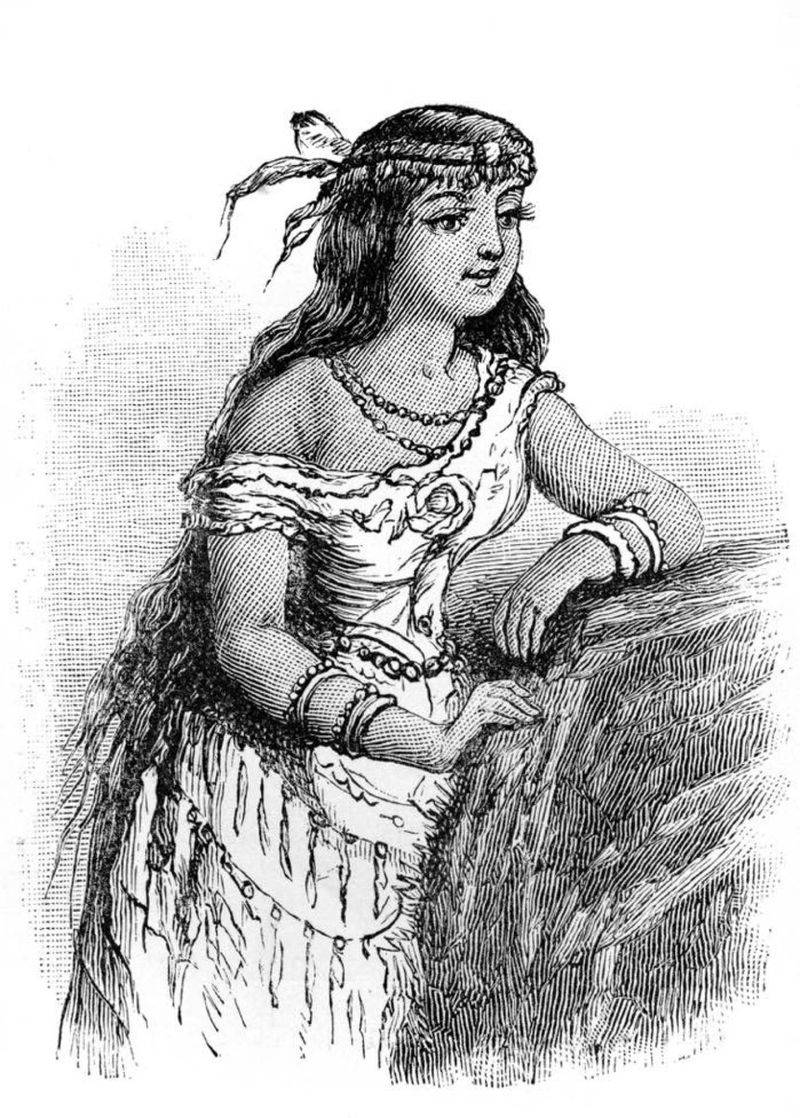
Pocahontas, born Matoaka, played a crucial role in early American history, but her story is often romanticized. She was the daughter of Powhatan, a powerful tribal leader in Virginia. At around twelve, she is famously said to have saved Captain John Smith’s life, although some historians question the accuracy of this account.
Pocahontas later married John Rolfe, an English tobacco farmer, which helped establish peace between the settlers and Native Americans for a time. Her visit to England, where she was presented as an example of the “civilized savage,” highlights the complexities of her legacy.
Did Paul Revere Really Warn that the British Were Coming?
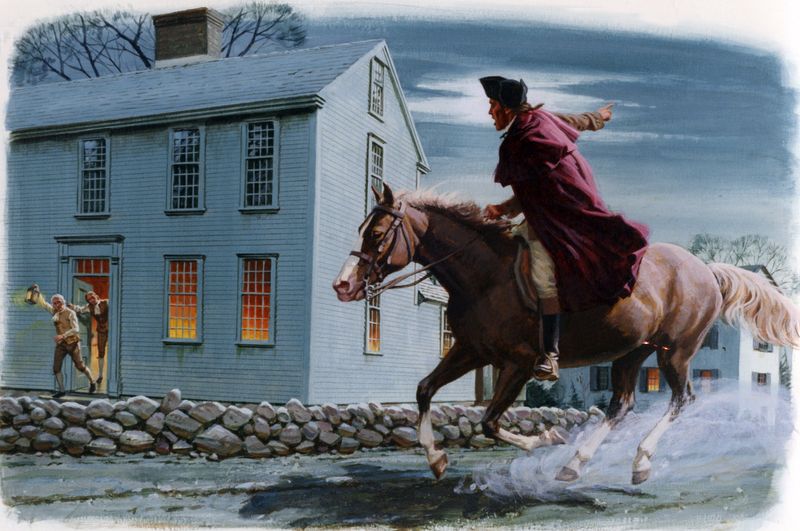
Paul Revere’s midnight ride is legendary, but the story isn’t entirely accurate. Revere’s actual warning was, “The Regulars are coming out,” as “British” would have been unclear. He wasn’t alone; William Dawes and Samuel Prescott also rode to alert the militia. Revere’s journey was cut short when he was captured by a British patrol, and it was Prescott who completed the mission to Concord.
The tale, popularized by Longfellow’s poem, emphasizes Revere’s role, overshadowing others who contributed significantly to the events of that pivotal night in American history.
How Did Betsy Ross Become Associated with the American Flag?
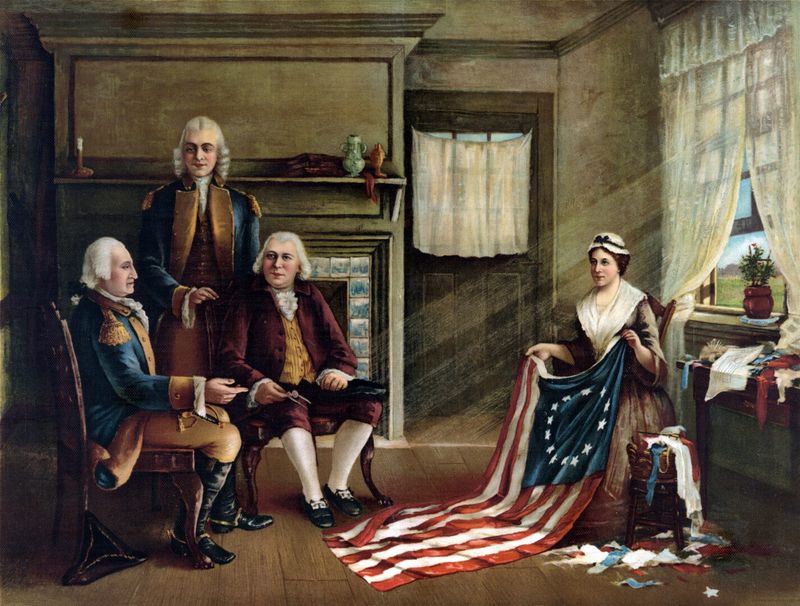
Betsy Ross is often credited with sewing the first American flag, but historical evidence is scant. The story emerged from her grandson’s account in 1870, nearly a century after the event supposedly took place. While Ross was a skilled seamstress and had connections with patriotic leaders, no definitive proof links her to the flag’s creation.
However, the legend persists, reflecting the power of narrative in shaping national symbols. Whether or not she designed the flag, Ross’s story embodies the spirit of American ingenuity and resourcefulness during the Revolutionary era.
Was Abraham Lincoln Truly Against All Forms of Slavery?
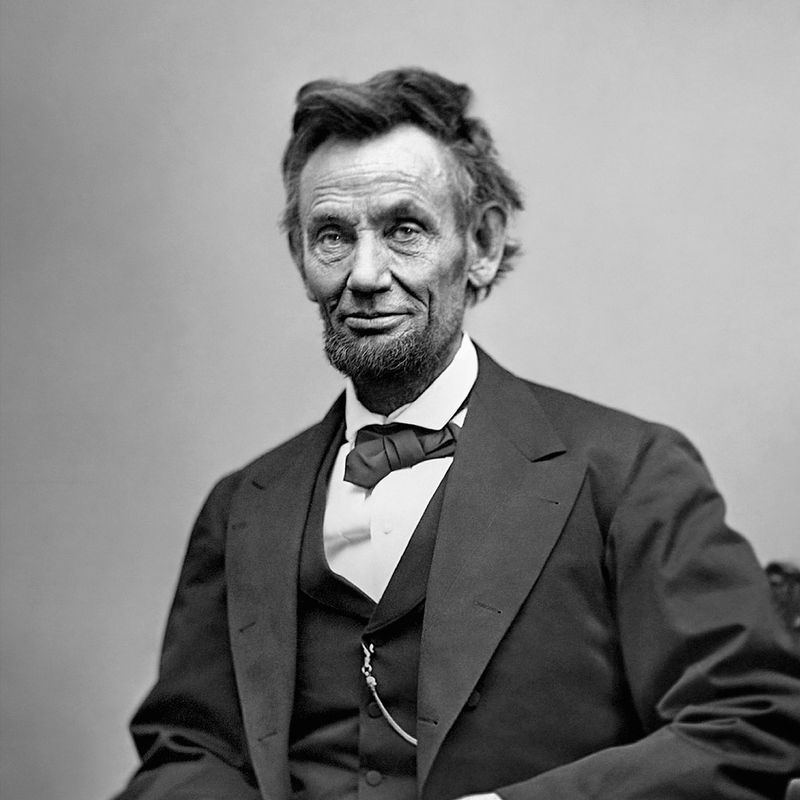
Abraham Lincoln is celebrated for his role in abolishing slavery, but his views were complex. Initially, Lincoln prioritized preserving the Union over ending slavery, and his early policies focused on preventing its expansion rather than immediate abolition. The Emancipation Proclamation, issued in 1863, was a strategic war measure rather than a purely moral stance.
Lincoln’s evolving position reflected political realities and pressures. By the end of the Civil War, he became a staunch advocate for the Thirteenth Amendment, which abolished slavery. Lincoln’s legacy in this area is nuanced, embodying both political strategy and humanitarian progress.
What Sparked the Salem Witch Trials?
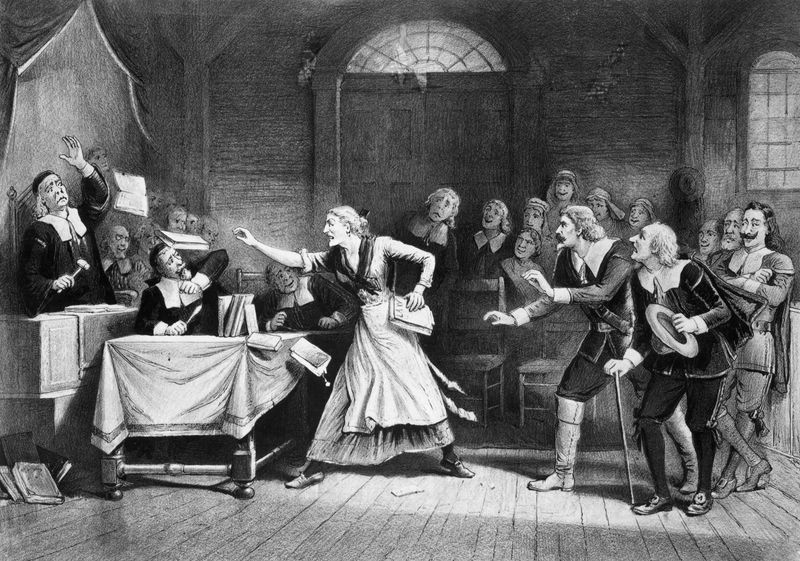
The Salem witch trials were a dark chapter in colonial America, fueled by fear, superstition, and societal tensions. In 1692, in Salem Village, a group of young girls claimed to be possessed by the devil, accusing several women of witchcraft. The ensuing hysteria led to the arrest of hundreds and the execution of twenty individuals.
Factors contributing to this frenzy included religious zeal, personal vendettas, and economic instability. While the trials were rooted in genuine fear of the supernatural, they exposed the dangers of mass hysteria and the perilous consequences of scapegoating.
Who Was the Real Davy Crockett?
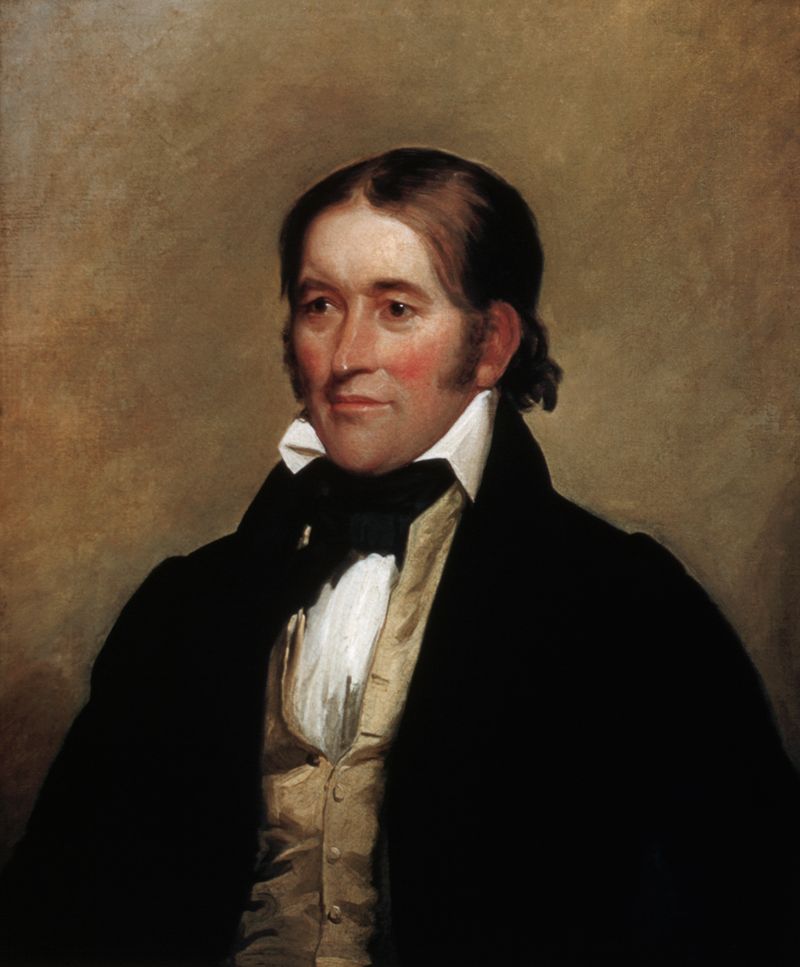
Davy Crockett, often romanticized as “King of the Wild Frontier,” was a real-life frontiersman, soldier, and politician. Born in 1786 in Tennessee, Crockett was known for his adventurous spirit and larger-than-life persona. He served in the U.S. Congress and fought in the Texas Revolution, dying heroically at the Alamo in 1836.
Popular stories, including his autobiography, contributed to his legend, blending fact and fiction. Crockett’s image as a symbol of American individualism and rugged frontier life endures, illustrating the powerful allure of frontier mythology in shaping national identity.
Why Did the Boston Tea Party Matter?
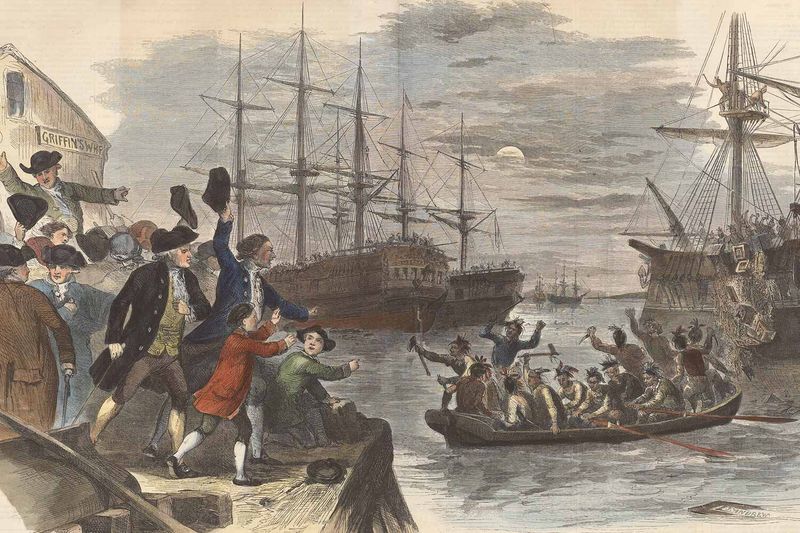
The Boston Tea Party was a significant act of defiance against British rule, occurring on December 16, 1773. American colonists, frustrated by the Tea Act, which favored the British East India Company, boarded ships in Boston Harbor and dumped 342 chests of tea into the water. This bold protest symbolized resistance to taxation without representation, galvanizing support for the revolutionary cause.
The event spurred a series of repressive measures by the British government, known as the Intolerable Acts, further inflaming tensions and uniting the colonies in their pursuit of independence from British domination.
How Did the Louisiana Purchase Transform America?
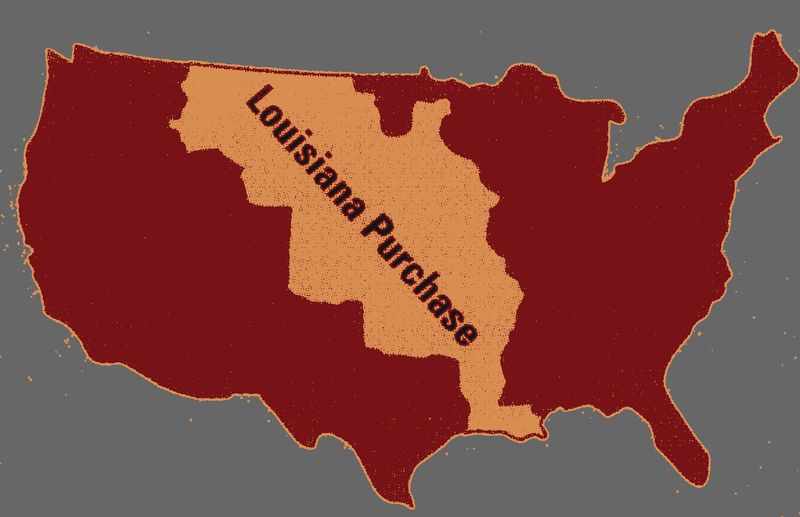
The Louisiana Purchase, finalized in 1803, was a pivotal moment in American history. President Thomas Jefferson authorized the acquisition from France, doubling the size of the United States for $15 million. This vast territory, encompassing present-day states like Louisiana, Missouri, and Montana, opened new opportunities for expansion and settlement.
The purchase prompted debates over constitutional authority and the balance of power. It also intensified issues related to slavery, as new territories grappled with whether to permit the institution. Ultimately, the Louisiana Purchase reshaped the nation’s landscape and set the stage for its emergence as a continental power.
Was John Smith the True Hero of Jamestown?
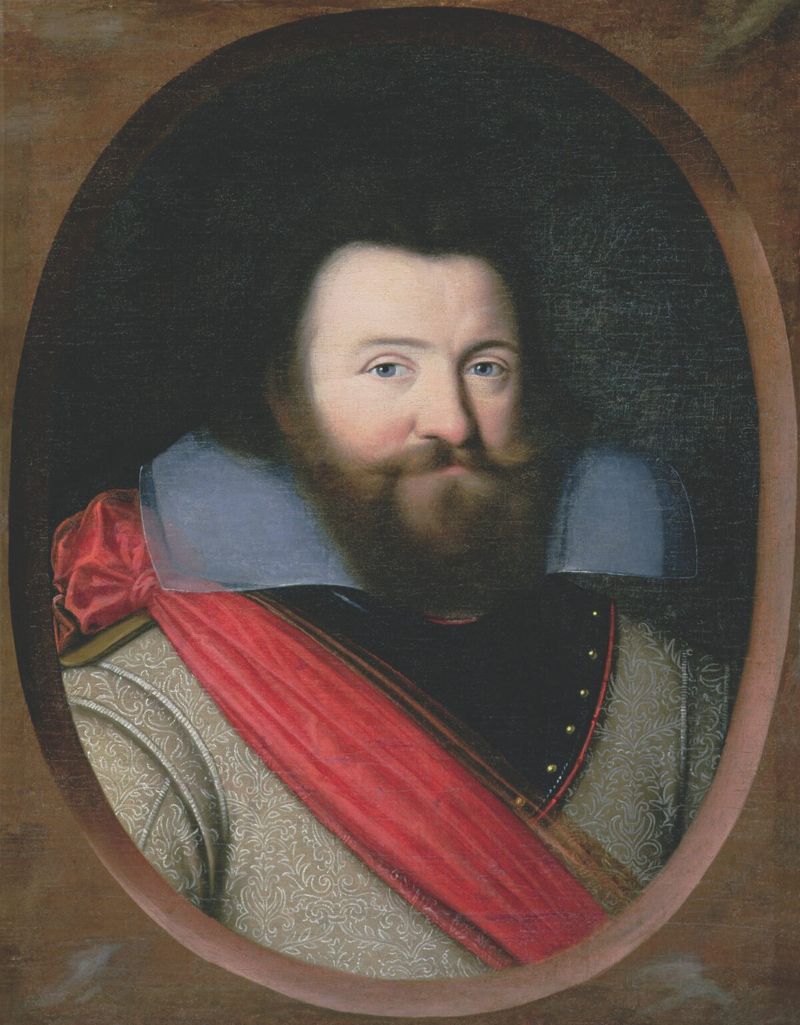
Captain John Smith is often hailed as a hero of Jamestown, the first permanent English settlement in America, founded in 1607. As a leader, Smith implemented strict discipline and organized vital trading with local Native American tribes, which helped the colony survive its early years. However, his leadership style was controversial, and he eventually clashed with fellow settlers.
Despite being injured and returning to England, Smith’s impact was significant, and his writings introduced the “Pocahontas legend” to the world. His legacy remains a mix of admiration and skepticism, highlighting the complexities of early colonial leadership.
What Was the Real Impact of the Gold Rush?
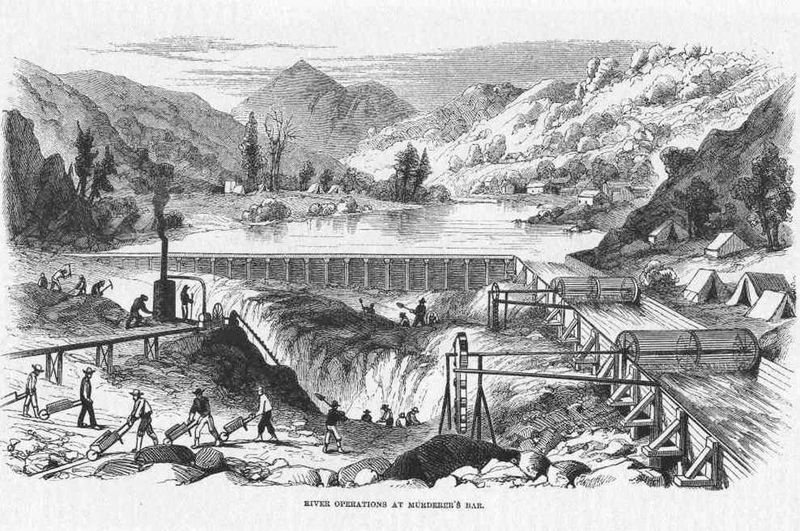
The California Gold Rush, beginning in 1848, was a transformative event in American history. It attracted hundreds of thousands of prospectors, known as “forty-niners,” to California in search of fortune. The rush accelerated westward expansion and spurred economic growth, leading to California’s rapid admission as a state in 1850.
However, it also had adverse effects, including the displacement of Native American communities, environmental degradation, and social upheaval. While not everyone struck it rich, the Gold Rush symbolized opportunity and adventure, leaving a lasting legacy on American culture and the nation’s development as a diverse and dynamic society.
How Did the Monroe Doctrine Shape U.S. Foreign Policy?
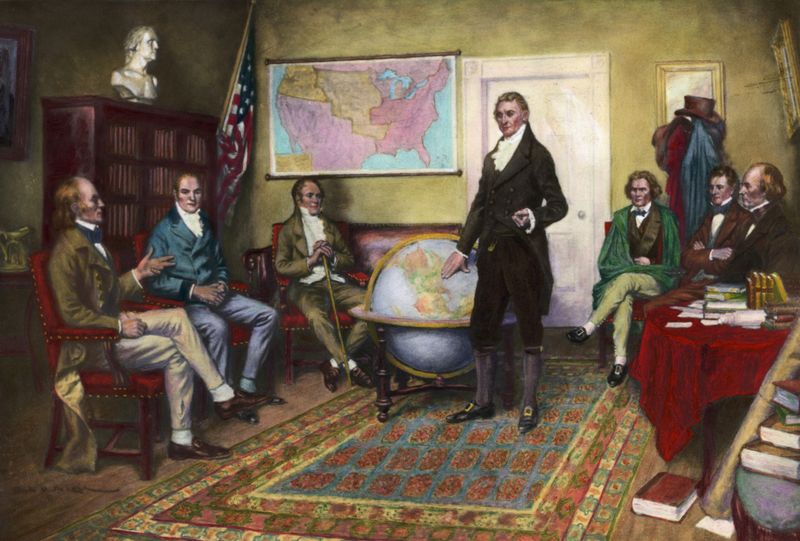
The Monroe Doctrine, declared in 1823 by President James Monroe, was a cornerstone of U.S. foreign policy. It asserted that any European intervention in the Americas would be viewed as an act of aggression, demanding U.S. response. This doctrine aimed to protect newly independent Latin American nations and assert U.S. influence in the Western Hemisphere.
While initially a statement of principle, it gained significance over time, shaping America’s approach to international relations. The Monroe Doctrine’s emphasis on non-colonization and non-interference underscored the nation’s growing confidence and desire to establish itself as a dominant regional power.
Was the Wild West Really That Wild?
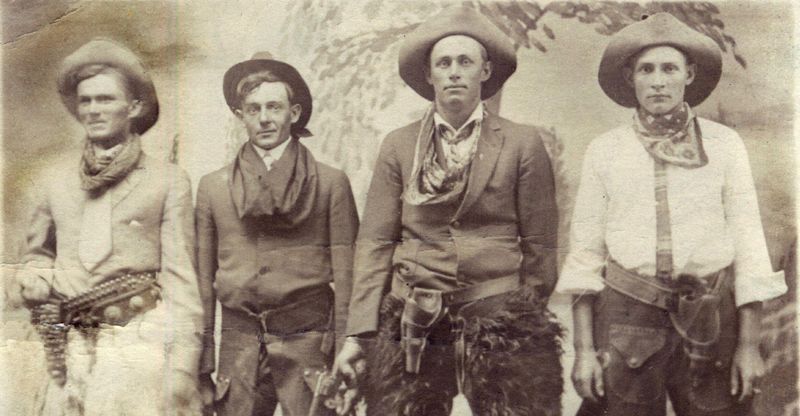
The Wild West, often portrayed as a lawless and chaotic era, was more nuanced than popular culture suggests. Spanning from the late 1800s to early 1900s, it was a period of rapid expansion, innovation, and conflict. While infamous outlaws and gunfights capture public imagination, many communities were relatively orderly, with established laws and governance.
The myth of the Wild West emerged from sensationalized media and dime novels. The real West was a blend of cultures, with diverse populations contributing to its development. The era’s legacy is a complex tapestry of progress and myth, shaping American identity and folklore.
Why Did the Civil Rights Movement Gain Momentum in the 1960s?
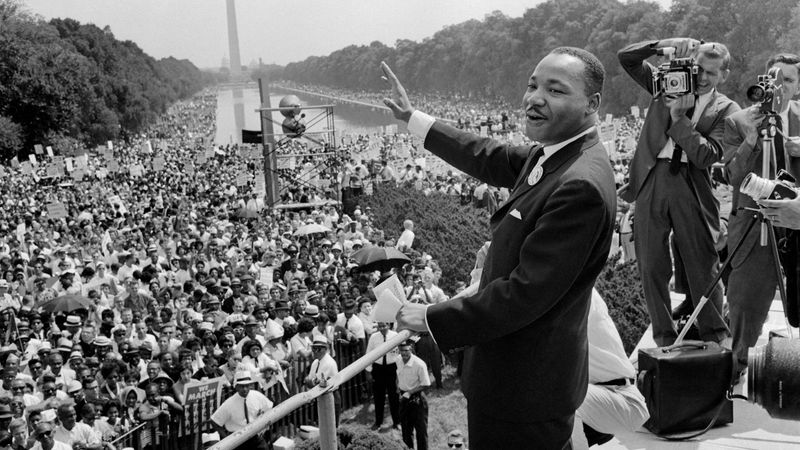
The Civil Rights Movement of the 1960s was a pivotal era in American history, marked by significant social and legislative change. Factors contributing to its momentum included widespread racial discrimination, the influence of World War II, and the growing visibility of African American leaders like Martin Luther King Jr. Landmark events, such as the Montgomery Bus Boycott and the March on Washington, highlighted the struggle for equality and justice. The movement’s success in achieving civil rights legislation, such as the Civil Rights Act of 1964, underscored the power of nonviolent protest and grassroots activism in driving social reform.
Did the Founding Fathers Intend to Separate Church and State?
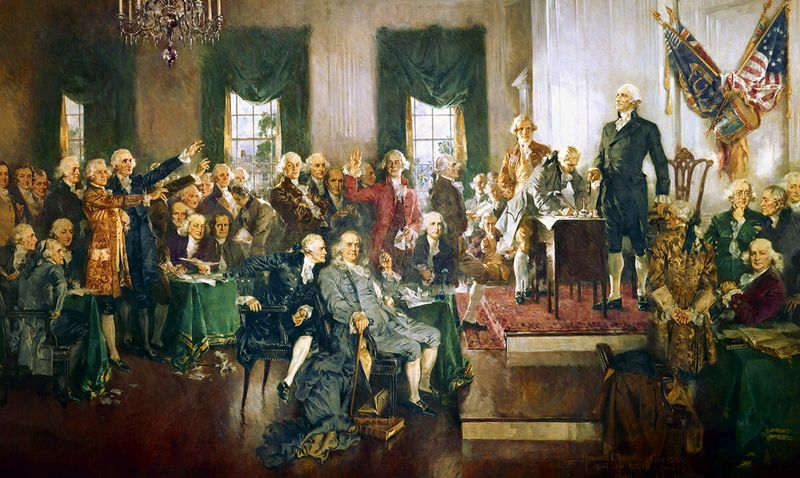
The separation of church and state is a fundamental principle in American governance, but its interpretation has evolved. The Founding Fathers, influenced by Enlightenment ideas, sought to prevent religious tyranny and ensure freedom of belief. The First Amendment, prohibiting government establishment of religion, embodies this intent.
However, the extent of separation was debated, with varying views among the framers. Over time, court rulings have clarified the boundaries, balancing religious freedom with secular governance. This enduring debate reflects the complexity of interpreting foundational principles in a diverse society, highlighting tensions between tradition and modernity in American life.
Who Was the Real Benedict Arnold?
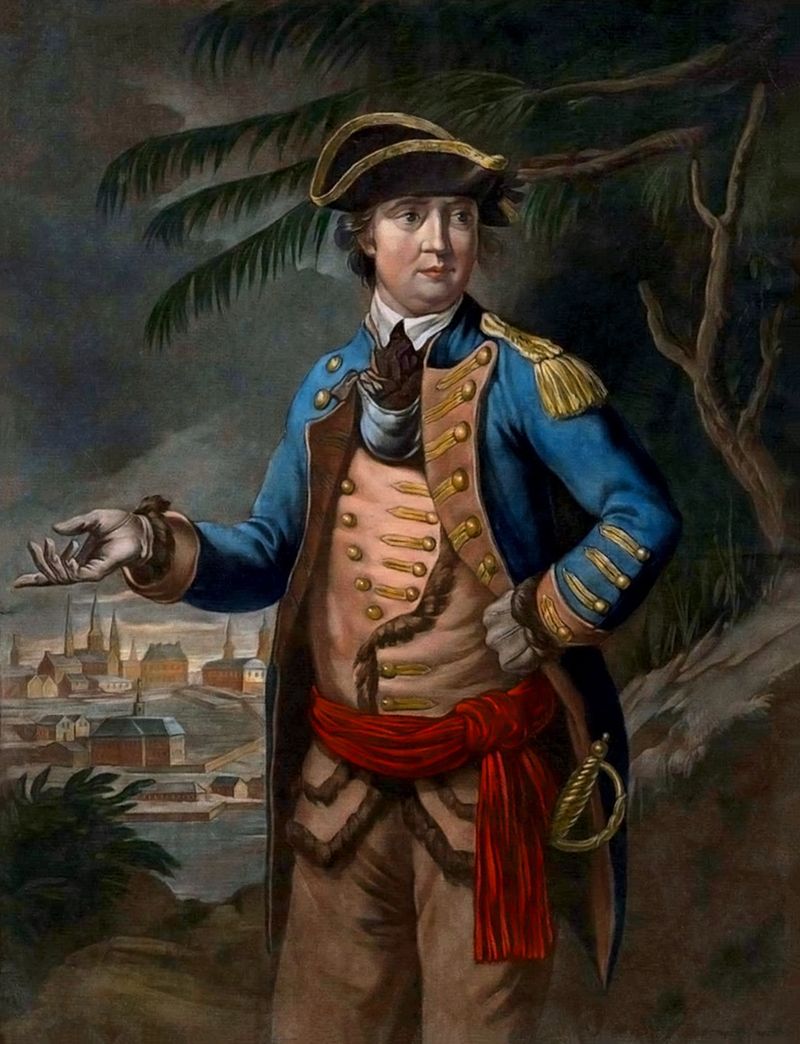
Benedict Arnold is synonymous with treason, but his story is more complex. A talented military leader, Arnold played a crucial role in early American victories, including the capture of Fort Ticonderoga. However, feeling undervalued and facing financial troubles, he plotted to surrender West Point to the British.
His betrayal was uncovered, tarnishing his legacy. Despite his later service in the British army, Arnold’s name remains a byword for treachery. His story underscores themes of ambition, loyalty, and the consequences of perceived injustice, offering a nuanced perspective on the pressures and challenges faced by historical figures.
How Did Rosie the Riveter Become a Feminist Icon?
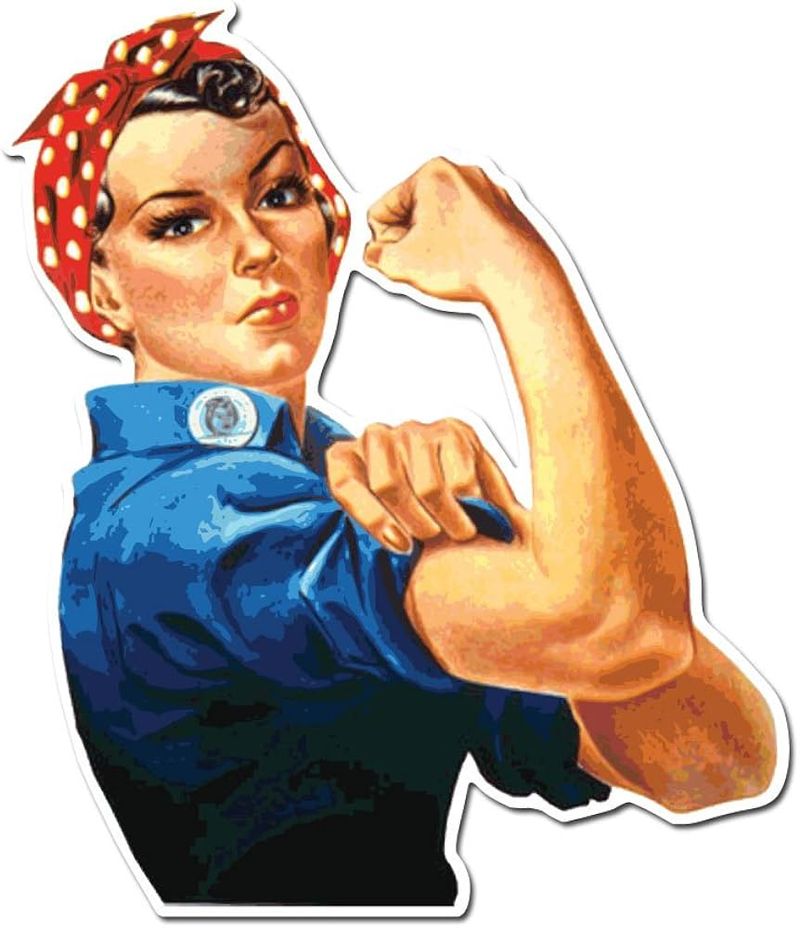
Rosie the Riveter emerged during World War II as a symbol of female empowerment. Representing women who took on industrial jobs to support the war effort, Rosie challenged traditional gender roles. The iconic “We Can Do It!” poster, with its striking imagery, captured this spirit of resilience and capability. While originally a wartime propaganda tool, Rosie evolved into a broader feminist icon, inspiring later generations to pursue equal rights and opportunities.
Her enduring legacy reflects the transformative impact of women’s contributions to the workforce, reshaping societal expectations and highlighting the ongoing struggle for gender equality.
Was the Manhattan Project Truly a Secret?
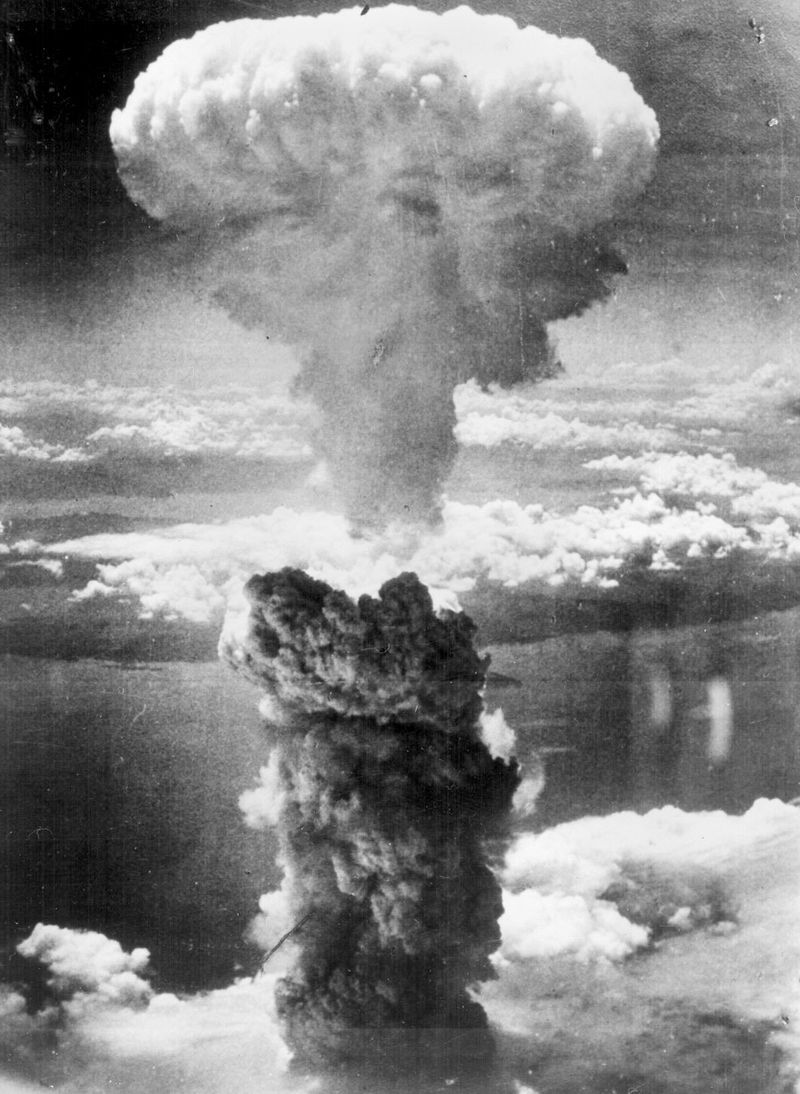
The Manhattan Project was one of the most secretive and significant endeavors in American history. Initiated during World War II, it aimed to develop the atomic bomb before Nazi Germany. Thousands of scientists, including notable figures like J. Robert Oppenheimer, worked across various sites, including Los Alamos, under tight security.
Despite the project’s scale, it remained largely concealed from the public and even many politicians. The project’s successful culmination with the bombings of Hiroshima and Nagasaki ushered in the nuclear age, raising ethical dilemmas and reshaping global power dynamics. The secrecy surrounding it underscores the complexities of wartime innovation.
How Did the Watergate Scandal Change American Politics?
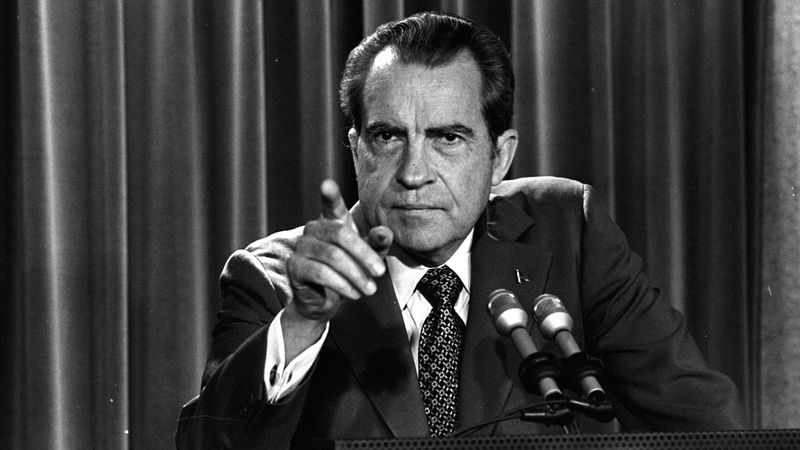
The Watergate scandal was a turning point in American political history, resulting in unprecedented public distrust in government. It began with a break-in at the Democratic National Committee headquarters in 1972 and led to President Richard Nixon’s resignation in 1974. Investigations revealed widespread abuse of power and attempts to cover up illegal activities.
This scandal highlighted the critical role of investigative journalism and the importance of accountability in governance. The subsequent reforms, including campaign finance laws and increased transparency measures, aimed to restore public confidence and prevent future abuses, reshaping political practices and public expectations.
What Was the Significance of the Harlem Renaissance?
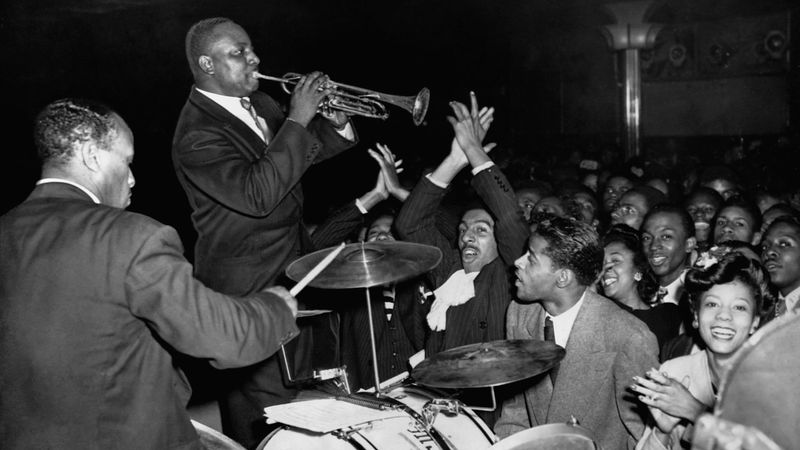
The Harlem Renaissance was a cultural and artistic explosion centered in Harlem, New York, during the 1920s. This movement celebrated African American creativity, with figures like Langston Hughes and Zora Neale Hurston leading the charge. It fostered a sense of racial pride and identity, challenging stereotypes and promoting civil rights.
The Harlem Renaissance had a lasting impact on American culture, influencing literature, music, and art. It laid the foundation for future movements advocating racial equality and artistic expression, highlighting the power of creativity in effecting social change and enriching the nation’s cultural landscape.
Who Were the Real Cowboys of the American West?
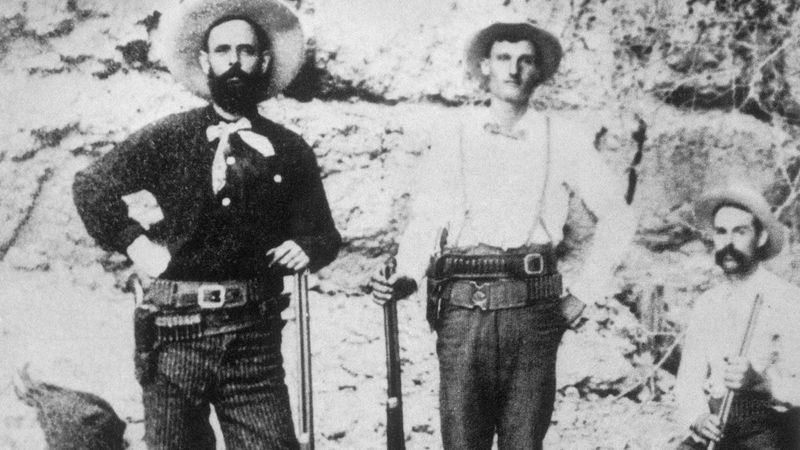
The image of the cowboy is iconic in American folklore, but real cowboys were far more diverse than typically depicted. In the late 1800s, cowboys were essential to cattle ranching, driving herds across vast distances. They included African Americans, Mexicans, and Native Americans, contributing to a rich cultural tapestry. Cowboys faced grueling conditions, navigating harsh landscapes and unpredictable weather.
Their lifestyle was one of hard work and resilience, rather than the romanticized gunfights of Hollywood. Understanding the true diversity and challenges faced by cowboys offers a more comprehensive view of their role in shaping the American West.
